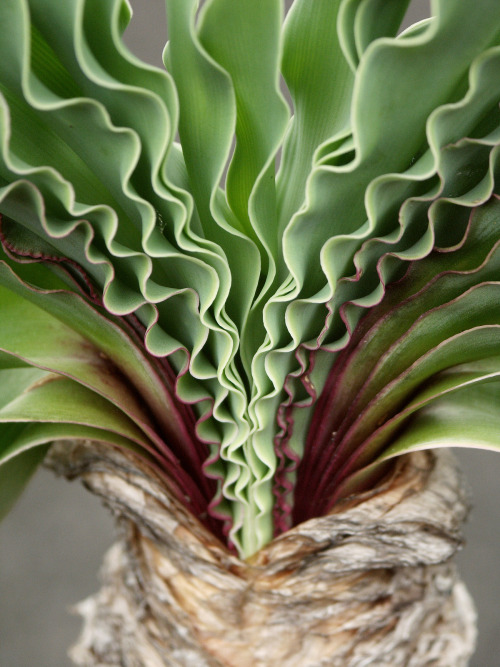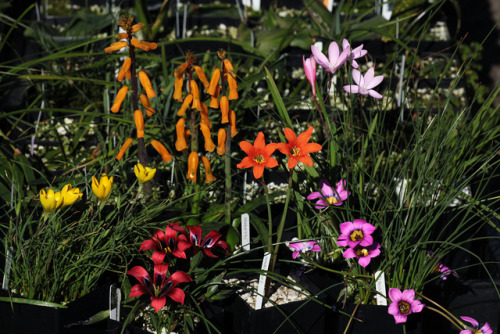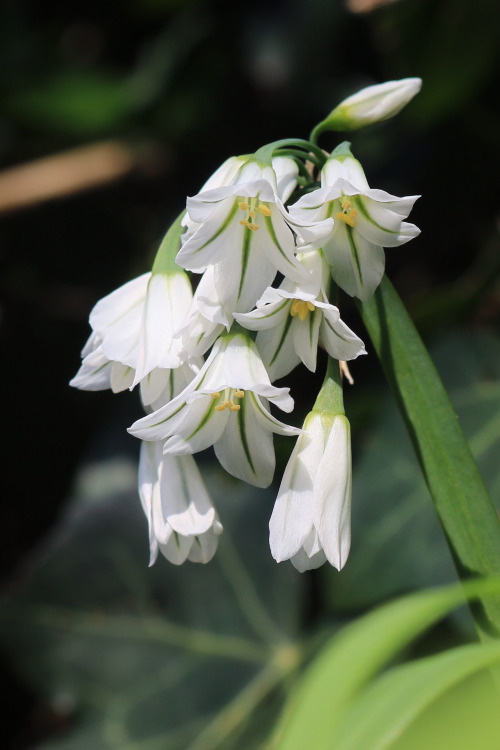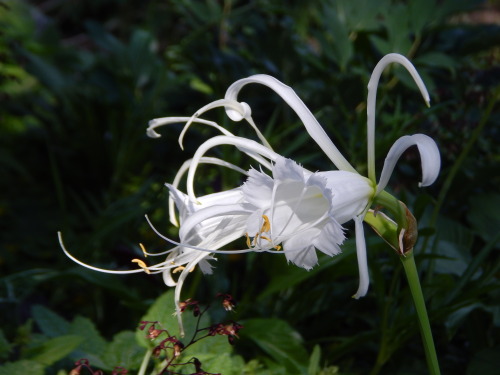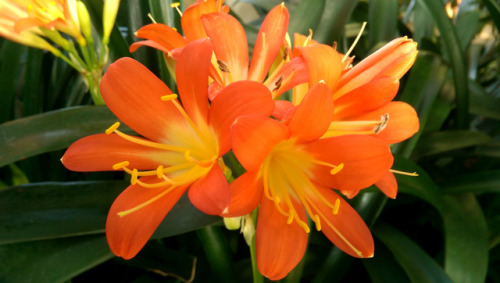#amaryllidaceae
Boöphone disticha
The lavender kiss to the fabulous foliage was brought on by cold temperatures.
© Uluwehi Knecht
Post link
A primavera já vem!
Eis uma selecção de flores bulbosas, todas elas sul-africanas, da esquerda para a direita são: Geissorhiza corrugata,Lachenalia aurea,Romulea monadelpha,Cyrtanthus galpinii,Hesperantha pauciflora,Romulea komsbergensis. Excepto a Cyrtanthus, cultivámos todas elas desde sementes.
© Uluwehi Knecht
Post link
Three-cornered garlic (Allium triquetrum). Pretty, but the most widespread and persistent weed in our garden.
March 2020.
Post link
Clivia miniata, Amaryllidaceae
When it comes to bulbous plants, South Africa is one of those areas of the world which gifts us with a great variety of striking shapes and colours, as in the case of the beautiful orange blossoms of this perennial, evergreen species I photographed at the Royal Botanic Garden in Edinburgh. Native to shady and humid woodland, NatalorBush lily does very well as a houseplant, requiring little care aside from careful watering - it should be kept dry or barely moist through winter and watered mostly during spring and after the flowering period, depending on the circumstances. Generally it also tends to flower more profusely if grown in a container just slightly larger than the bulb-like base and root ball, rather than a much bigger one.
Although it has traditionally been used as a medicinal plant in its native region, all parts of the plant are toxic if ingested, therefore outside of areas where it can be planted outdoors to benefit wildlife -the flowers attract particularly butterflies- its value as a houseplant is simply ornamental.

Once the flowers have been pollinated -by nectar-feeding sunbirds in the plant’s native area, or by insects, often butterflies, elsewhere- they turn into bright red fruits the size of a small olive.
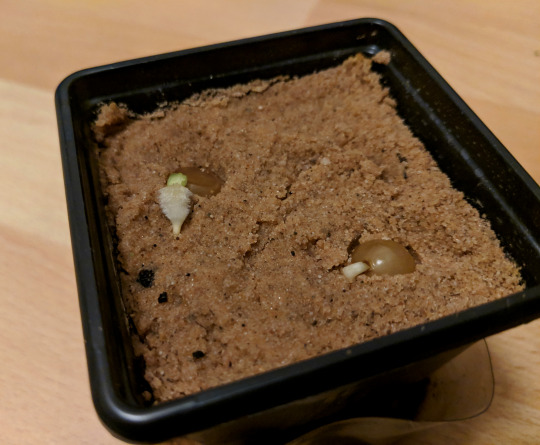
Each fruit contains one or two large, fleshy seeds encased in a thin layer of sticky pulp. They should be cleaned well and sown fresh, with the “eye” exposed, on top of moist, well-draining medium. In November ‘18 it took the two seeds I sown three days to germinate, although one was twice the size of the other.

Three months later, both seedlings are growing, slowly, but strong and healthy. I’ll pot them up individually once they have more leaves, and from there on I’ll just wait for the few years it will take them to start flowering. I can’t wait to see those orange blooms already!
Post link


